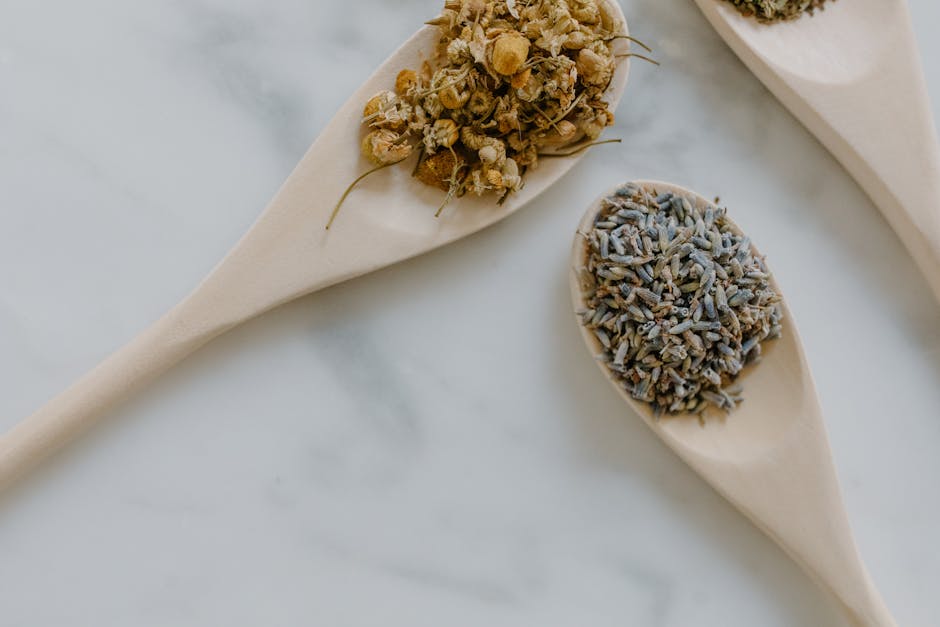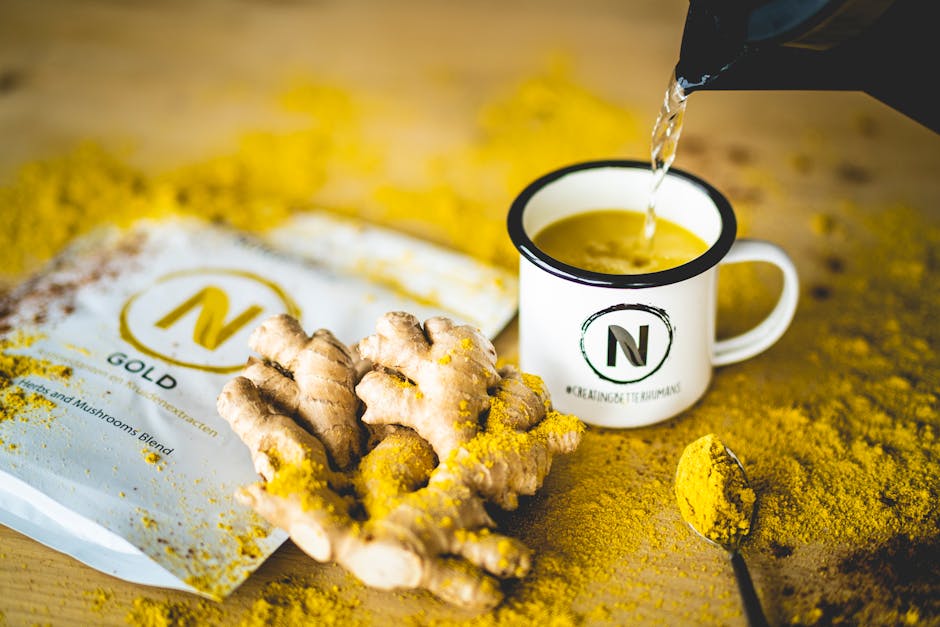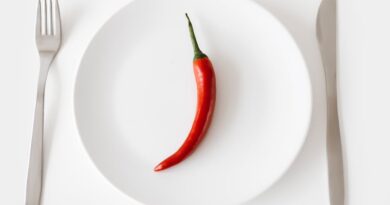How to Make Herbal Teas for Pain Relief
When it comes to managing pain, many people turn to herbal remedies for relief. Herbal teas, in particular, have been used for centuries to alleviate various types of pain and discomfort. Whether you’re dealing with headaches, muscle aches, joint pain, or menstrual cramps, there’s a herbal tea out there that may help ease your symptoms. In this comprehensive guide, we’ll explore the world of herbal teas for pain relief, discussing their benefits, how to make them at home, and much more.
The Power of Herbal Teas

Herbal teas are not only delicious and comforting but can also offer a natural way to manage pain. The healing properties of herbs have been known for centuries, with many traditional medicinal practices incorporating herbal remedies into their treatments. Herbal teas are often rich in antioxidants, anti-inflammatory compounds, and other bioactive substances that can help reduce pain and inflammation in the body.
Choosing the Right Herbs

When it comes to making herbal teas for pain relief, it’s essential to choose the right herbs that target your specific symptoms. Different herbs have different properties and can help with various types of pain. Some of the most popular herbs for pain relief include:
1. Ginger

Ginger is well-known for its anti-inflammatory properties and is often used to alleviate nausea, muscle pain, and arthritis. Ginger tea can be a soothing remedy for headaches and migraines as well.
2. Turmeric

Turmeric contains curcumin, a powerful compound with anti-inflammatory and antioxidant effects. Turmeric tea can help reduce pain and inflammation in conditions like arthritis and muscle soreness.
3. Peppermint
Peppermint is a natural muscle relaxant and can help relieve tension headaches and menstrual cramps. Peppermint tea is also great for soothing digestive issues that may cause abdominal pain.
4. Chamomile
Chamomile has calming properties that can help reduce stress and anxiety, which are often associated with chronic pain conditions. Chamomile tea is a popular choice for promoting relaxation and reducing pain levels.
5. Lavender
Lavender is known for its calming and sedative effects, making it an excellent choice for relieving tension headaches, migraines, and muscle pain. Lavender tea can also help improve sleep quality, which is essential for managing chronic pain.
6. Valerian Root
Valerian root is a powerful herb that can help alleviate nerve pain, muscle spasms, and insomnia. Valerian root tea is best consumed before bedtime to promote relaxation and pain relief.
How to Make Herbal Teas
Making herbal teas for pain relief at home is simple and requires just a few ingredients. Here’s a basic recipe to get you started:
Ingredients:
– 1 tablespoon of dried herb (or 1 tea bag)- 1 cup of hot water- Honey or lemon (optional, for taste)
Instructions:
1. Boil water in a kettle or saucepan.2. Place the dried herb or tea bag in a mug.3. Pour the hot water over the herb and let it steep for 5-10 minutes.4. Remove the herb or tea bag from the mug.5. Add honey or lemon to taste, if desired.6. Enjoy your herbal tea while it’s still warm.
Additional Tips:
– Use filtered water for the best taste.- Cover the mug while steeping to retain the herb’s essential oils.- Experiment with different herbs and combinations to find your favorite pain relief tea.
Common Misconceptions
There are several misconceptions surrounding herbal teas for pain relief, with some people believing that they are not as effective as pharmaceutical medications. While herbal teas may not provide instant relief like over-the-counter painkillers, they can be a safe and natural alternative for managing chronic pain in the long term. It’s essential to consult with a healthcare professional before incorporating herbal teas into your pain management routine, especially if you have underlying health conditions or are taking medications.
FAQs
Q: Can herbal teas interfere with medications?
A: Some herbs may interact with certain medications, so it’s crucial to consult with your healthcare provider before using herbal teas for pain relief, especially if you’re on prescription medications.
Q: How often should I drink herbal tea for pain relief?
A: The frequency of herbal tea consumption depends on your symptoms and the herbs you’re using. It’s best to start with one to two cups a day and adjust based on your pain levels and tolerance.
Conclusion
Herbal teas offer a natural and holistic approach to managing pain, with a wide range of herbs that can target various types of discomfort. By choosing the right herbs and making your own herbal teas at home, you can harness the healing power of nature to find relief from pain. Whether you’re dealing with acute or chronic pain, incorporating herbal teas into your daily routine can be a soothing and effective way to support your overall well-being.
To wrap things up, making herbal teas for pain relief is a simple yet powerful practice that can enhance your quality of life and help you navigate pain more comfortably. So next time you’re in need of some relief, why not brew a cup of herbal tea and experience the natural healing benefits for yourself?




